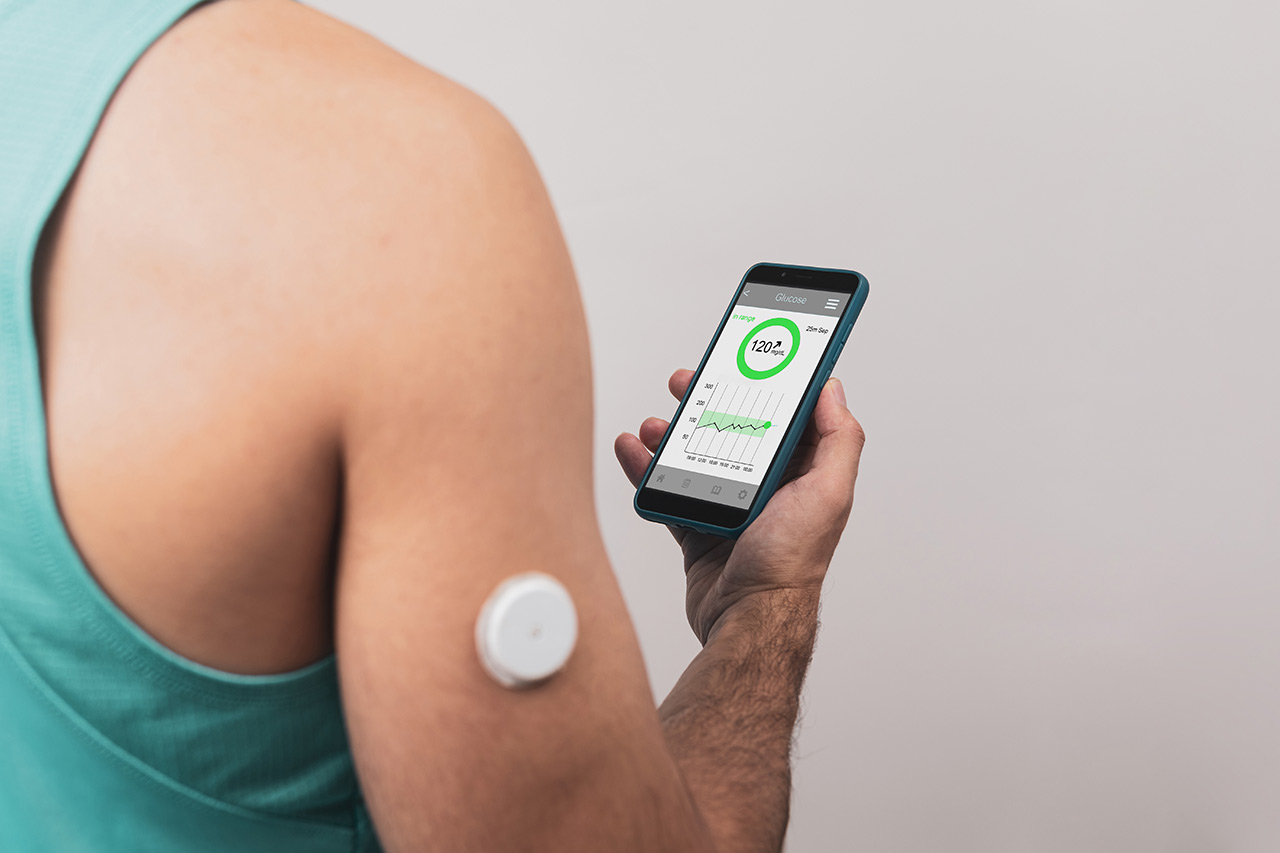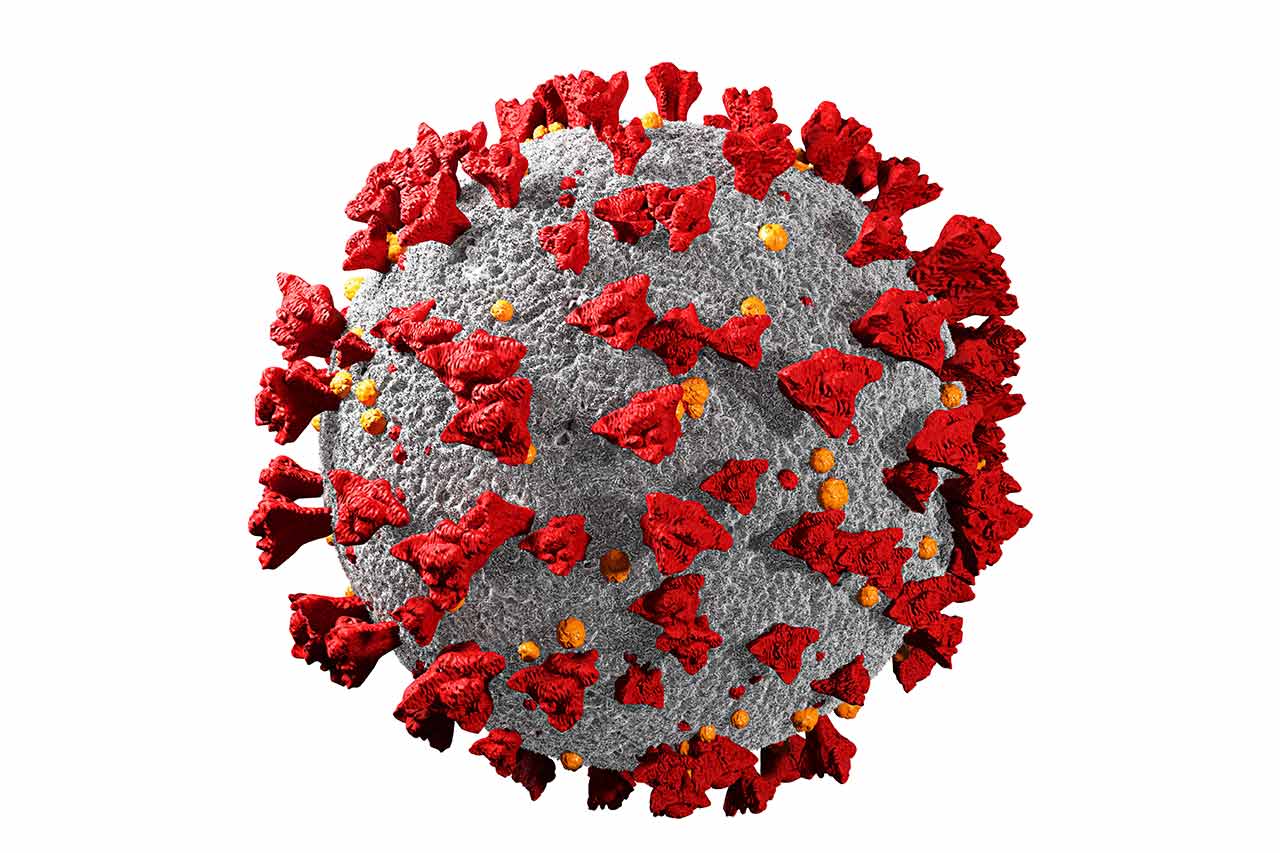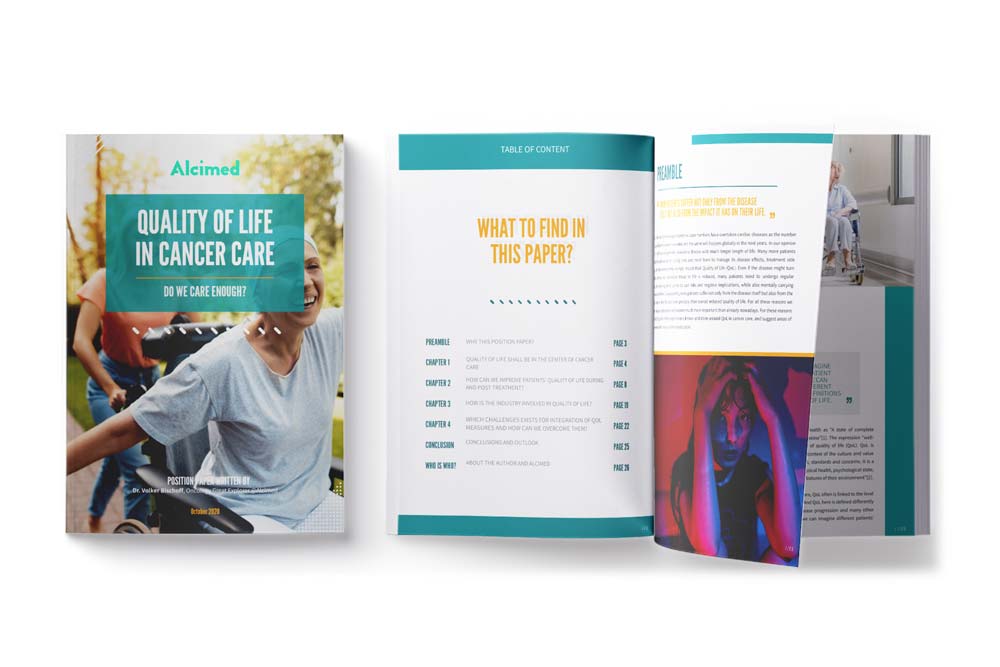Chronic diseases are the leading causes of global mortality. Cancers, diabetes and cardiovascular diseases account for as high as 70% of deaths worldwide. With the rapid spread of Covid-19 and its contribution to the death toll, which is still increasing, healthcare systems are devoted to fighting the virus. Beneath this façade, chronic diseases have taken a backseat. As the realisation dawned that the pandemic is not going away anytime soon, it is imminent to reimagine chronic disease management. How has chronic care management evolved amidst this pandemic? What innovations have been accelerated to support patients with chronic diseases? Here, we explore heightened challenges of chronic disease management due to Covid-19, and new strategies that transformed the traditional ways of chronic care management and delivery.
Technology for optimal coordination of chronic care management between stakeholder
From diagnosis to treatment, through reassessment and management, the chronic care pathway is a long-term process. Across the lifetime of the disease, a multi-pronged disease management concept is essential for coordination among various stakeholders such as the primary care physician, specialists and the patient himself.
This coordination between all stakeholders in the patient pathway is one challenge exacerbated by Covid-19. For diabetic patients, standard regular face-to face consultations with physicians for glucose monitoring to optimise glycemic control were adjourned as if there was no urgent need. As a lifestyle disease, outreach is equally key to educate the public, especially to prevent progression of pre-diabetes. With lockdown measures, all these initiatives were instantaneously disrupted and put to a halt.
To advocate for uninterrupted coordination and communication between various stakeholders such as primary care physicians, patients and specialists, technology has stepped up to fill this gap. One example is Dexcom’s Continuous Glucose Monitoring (CGM) and Clarity system, a diabetes management software. An automated-applicator combines the measuring of glucose levels every 5 minutes, and the transmission of these real-time data to the patient and their healthcare provider for review. In the hospital setting, Dexcom was recently FDA-approved so frontline workers can monitor glucose levels of Covid-19 patients remotely.
In a similar aspect, ‘at-home’ diagnostics are more relevant in the current pandemic reality, allowing biochemical tests to be performed at home. Israeli med-tech company Healthy.io, developer of Dip.io smartphone-enabled urinalysis kit, has tripled operations since the virus outbreak. Through a simple photo of the urine test result and embedded technology in the mobile application, physicians receive the albumin-to-creatinine ratio (ACR) data of patients wirelessly and instantly.
In the oncology field, specialists have adapted their workflow to continue discussions and conferences. The oncology team at Ascension Saint Thomas, United States swiftly shifted their physical tumour review board meetings virtually with OncoLens, a management solution for tumour board management. Within merely a month of implementation, attendance increased as the convenience of e-meetings means members can participate regardless of location. Such virtual tumour boards empower the continuation of discussions amongst specialists for the best treatment options for patients.
Innovations in drug delivery for treatment continuum in chronic care management
When Covid-19 invaded, conventional methods of chronic disease management were threatened. In-person ambulatory care, follow-up checks for complications, review of medications, and treatment such as maintenance chemotherapy, were suddenly dismissed to be of lower importance as countries reallocated healthcare resources to prioritise pandemic control.
The most prominent challenge is undoubtedly the restriction of physical interactions, affecting drug delivery and treatment continuity. In oncology, treatment has almost always been reliant on in-person procedures. Provisions of chemotherapy, radiotherapy, surgeries, or transplants were solely based in hospitals or cancer clinics, where patients have to be physically present for treatment. Developing countries like Kenya, only have dedicated cancer facilities centralised in urban centres. At the peak of the pandemic, strict government enforcements on travel restrictions between rural areas and cities have totally left patients helpless with no guidelines on how to continue treatment.
Drug delivery welcomed a new era to establish treatment continuum in chronic care management. In a partnership between researchers in National University of Ireland Galway and Novo Nordisk, a diabetic patient in an isolated Ireland community received prescribed medication via an autonomous drone. This marks the world’s first delivery of insulin ever documented. For oncology, treatment delivery takes to a drive-up system, allowing cancer care to be administered with patients in the comfort and security of their cars. At Sidney Kimmel Comprehensive Cancer Center, Johns Hopkins Hospital, the Curbside Shot Clinic was created, functioning as a drive-up clinic administering blood tests, post-transplant immunisations, dressing changes and even chemotherapy injections.
What are the implications and challenges beyond?
The Covid-19 pandemic has accelerated innovations in stakeholder coordination, drug delivery and treatment continuity, transforming the ways chronic disease care management used to be. The expedited boost of new methods such as drones and virtual solutions unlocked some questions on the classic approach to managing chronic diseases. Will these innovative technologies remain post-Covid? All along the patient pathway, processes could be reworked, refined and streamlined digitally.
Physical interactions, such as those between healthcare professionals and patients, may decrease in frequency, yet they remain even more relevant and valuable. Personal empathy is vital for physician-patient relationships, especially so for chronic patients who need to maintain long-term contact with their doctor. In terms of diagnosis and tests, remote monitoring entrust chronic patients to take charge of their health where stable management is key. Follow-up checks are still essential to promptly identify disease complications or exacerbations. For drug prescription and treatment, medicines delivered by unmanned modes can reveal themselves appropriate for chronic patients on lifelong medication. But more complex surgeries and therapy cannot negate the actual human presence, yet.
Until then, what inspirations and further developments could arise for chronic care management and delivery? At Alcimed, we are excited to explore innovations that can penetrate this space, to nurture a better future for chronic patients beyond a Covid-19 era.
About the author
Bettina, Business Unit Director in Alcimed’s Asia-Pacific



